Since the 1990s, the Chinese party-state has waged a “patriotic education” campaign to teach youth how to think and speak about the nation. In a recent article in The China Quarterly, I explored how young people across different social backgrounds have received these messages by conducting interviews and surveys among Han Chinese high school students in the city of Shanghai and in rural Henan. I found that a majority of the statements these students made conformed to the language and contents of the “patriotic education” campaign. But there were significant differences in the way students from different types of schools and social backgrounds talked about the nation.
Research Methods
For the research, I wanted students to reflect upon the country and their place in it. But asking people direct questions about abstract concepts such as “national identity” or “national belonging” often leads to bewilderment. Students may respond with silence or evasiveness. To get around this problem, I used survey questions that elicit quasi-automatic replies and free associations. This method can get us closer to respondents’ understandings of ideas as complex as the “nation.” The written survey administered to students therefore included two open-ended questions: “What does ‘China’ make you think of?” (提到中国,你会想起什么?), and “What does it mean to be ‘Chinese’?” (做一个中国人,意味着什么?).
Of course, what the young respondents chose to say about the nation in the survey might not reflect what they actually think. But their rhetorical choices are also revealing and can indicate how they position themselves vis-à-vis the national collectivity. The analysis therefore focused on the extent to which students’ responses accorded with or diverged from the “patriotic education” campaign discourse, the differences between the responses supplied by Shanghai and Henan students, and the difference between students from different types of schools.
Key Findings
There are notable differences between how Shanghai and Henan students talk about the nation. Differences also exist between vocational and academic students.
Students in rural Henan were much more willing to express sentiments of love and devotion to the country than students in urban Shanghai. We cannot know whether Henan teenagers actually felt this sentiment, but we know they felt they had to exhibit this type of sentiment in the survey. The Henan teenagers were also more ready to invoke the stock phrases of the official “patriotic education” campaign, such as “Being ‘Chinese’ means winning for the country”, “coming together in times of natural disasters” or “striving for the great rejuvenation of the nation.”
In contrast, teenagers in Shanghai were more willing to make dissenting comments on the official “patriotic education” discourse. This includes statements such as “being ‘Chinese’ means living in a political dictatorship”, “‘Being Chinese’ means officials shield one another,” or “‘Being Chinese’ means you must be patriotic but have no idea […] how come local officials have so much money. Where does it all come from?”
Notably, students in Shanghai’s vocational schools expressed a particularly dark view of China compared to those in academic schools in both Shanghai and Henan. Vocational students’ responses included statements such as “‘Being Chinese’ means the poor are poor, the rich are getting richer”; “‘Being Chinese’ means you have to struggle from the moment you are born” or “Being ‘Chinese’ means you have worse living conditions than children in other countries.” Unlike academic school students, vocational school students in Shanghai also wrote self-disparaging statements, such as “being ‘Chinese’ means you become cheap labour” and “being ‘Chinese’ means you become garbage.”
Centre-Periphery and Rural-Urban Tensions
What accounts for the difference in the respondents’ expressed sentiments?
The students in Henan came from communities that are considered culturally as well as economically peripheral in China. For these youths, projecting a patriotic image could be a cultural asset to demonstrate their “Chinese-ness”. Henan youths may have chosen to use the official discourse as an attempt to exhibit their competence as the natural bearers of the Chinese national collectivity.
In contrast, academic school students in Shanghai, most of whom came from middle class backgrounds, could afford to be more critical of the Chinese collective identity and express stronger disillusionment with the official discourse without risking their status. These elite youths living in a national economic and cultural centre may see their expressions of detachment from the nation as a sign of social distinction and refinement, a form of cosmopolitanism eagerly sought by the country’s urban middle classes.
What about the vocational students in the city? Unlike their peers in Shanghai’s academic schools, many of the vocational students hailed from urban lower-class backgrounds or from rural migrant families who moved to the city in search of a better life. Their willingness to express criticism of the official discourse of patriotism could be explained by their desire to align themselves with middle-class values and civilities.
An alternative explanation relating to the type of school these teens attended is also possible.
Vocational schools are generally considered inferior on the Chinese educational ladder since they are required to admit local urban household registration (hukou) students who have failed to gain admittance to academic high schools. In Shanghai, however, migrant youth who lack a local urban hukou are exclusively channeled into vocational high schools regardless of their academic abilities. Unlike academic schools, vocational schools do not prepare students for higher education but instead channel them into labour conditions that are often exploitative and oppressive. The educational trajectories and limited life options of vocational school students may be the reason for their bleaker vision of the nation compared to their peers in the academic schools.
In contrast to Shanghai academic school students, who were already part of an elite segment, and Henan academic school students, who might have a chance to move up the social ladder, vocational students in Shanghai were deprived of this hope. For these students then, “being Chinese” was associated not with pride, devotion, or unity but with a lack of self-worth and despair at their inability to achieve social mobility.
My research indicates potential limitations to the power of the state-led “patriotic education” campaign to shape how China’s youth think and speak about the nation. The combination of the academic/vocational track divide and the lingering inequalities of the hukou system in cities like Shanghai can undermine the willingness of vocational school students and second-generation migrant youth in the city to align themselves with the “nation.” Finally, the variances in students’ rhetoric also call into question the party-state’s current vision of China as a “unified” national collectivity.


